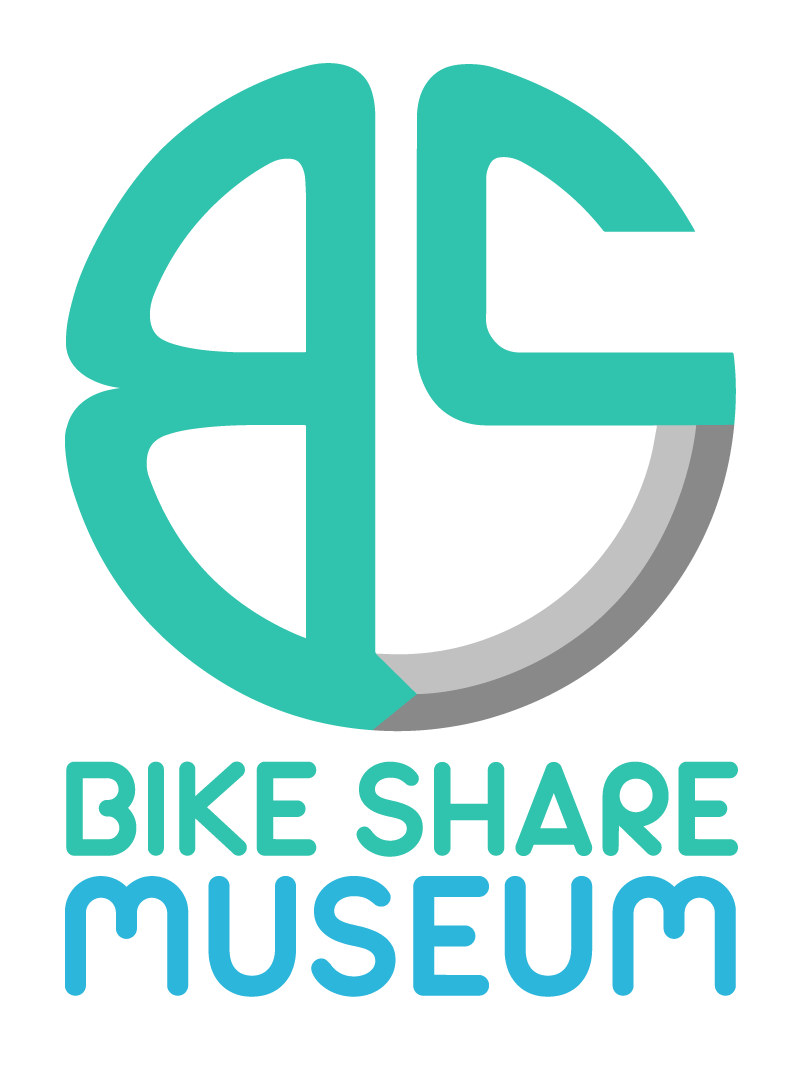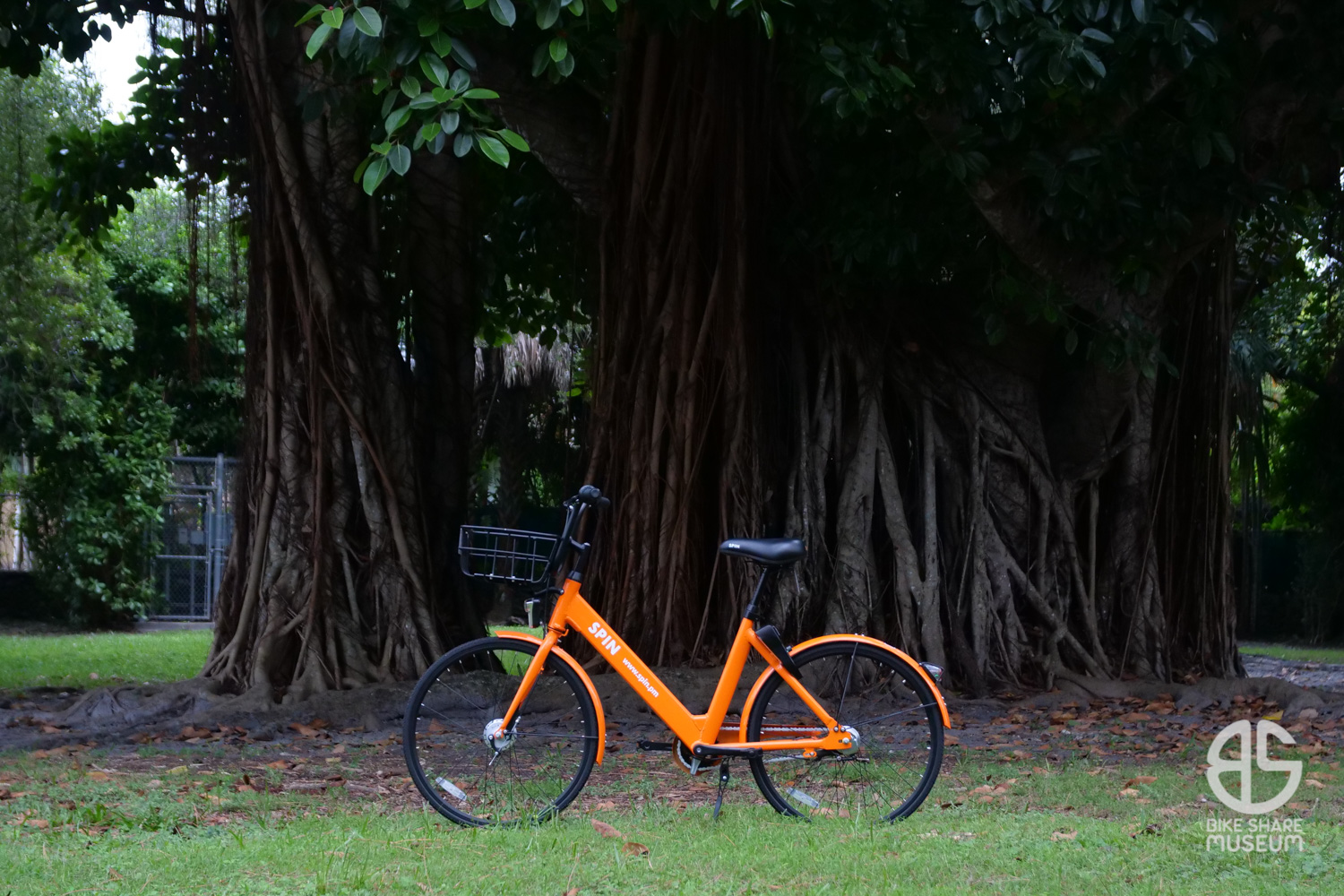Spin #9602377
2017 Spin Chintone 3
Specsheet
Gallery
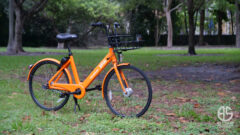
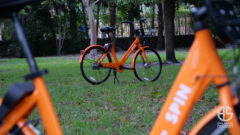
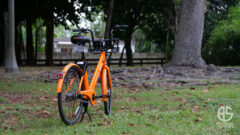
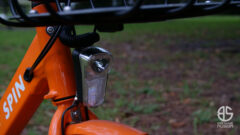
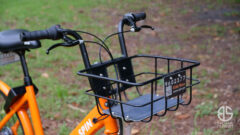
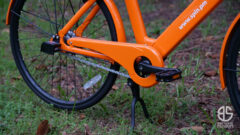
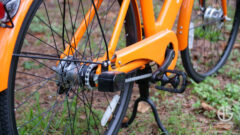
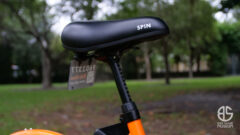
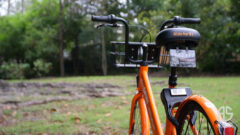
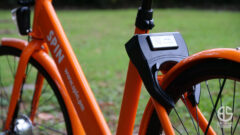
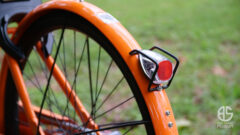
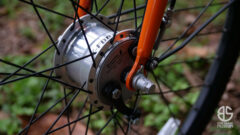
Bicycle Bio
No. 9602377 is the second of two Spins donated directly to the museum from Spin. It wouldn’t have been possible otherwise – thank you!
When I initially wrote about the predecessor to this generation of Spin, the one thing that stood out was how conventional they are for a dockless bike; enough to be serviced by any bike shop. By comparison, the Chintone 3 – likewise named for its manufacturer – is designed exclusively for the urban environment, using many equipment choices seen on other dockless bicycles.
First of all, the Chintone 3 is built around the common 26″ (ISO 559) wheel size, eschewing the previous generation’s 26×1-3/8″ (EA3) wheels. As such, the geometry has changed a bit from the 2’s, but mainly to work around the smaller wheels. In fact, a close inspection of the frame shows similarities with the second-generation Lime-B, including the hydroformed seattube, perfectly cylindrical headtube with an integrated headset, and bolt-on umbilical cord for the solar charger.
While this overall approach is not out of the ordinary for dockless frame designs – not just the Lime-B or the Chintone 3 – the manufacturing similarities are nonetheless there. The Chintone 3 even shares the same fork anti-rotation tabs as our Tianjin Fuji-Ta ofo from Dallas. Parts sharing, even at the framebuilding level, is common.
The similarities extend to the lever-operated, dropper seatpost, which is the same Hsin Lung-manufactured unit as fitted on ofos, some Lime-Bs, and the VBikes Explorer. Ironically, the additional height of the dropper post assembly makes the Chintone 3’s lowest saddle position slightly higher than the 2, despite the smaller wheels. Unfortunately, the limitations of the dropper post also prevent it from extending as high as the 2.
So the Chintone 3 – at first glance – appears to be a hodgepodge.
But that’s not a bad thing – and the general public isn’t even likely to realize it. It just makes it fairly amusing when you run a museum of bikes (and spend an unhealthy amount of time researching and observing them).
This particular example – like our preserved Chintone 2 #2333664 – was never ridden when we rolled it out from Spin’s warehouse. In fact, the pedals had never been installed on it, and I had the pleasure of taking it on its inaugural ride.
Even if a Chintone 3 looks like other dockless bikes, it still has a familiar feel. The same riser handlebar is shared between the Spin generations (I must resist all possible jokes involving Kirk, Picard, and Nexus hubs here), and the handlebar-mounted basket should be familiar to Spin riders. However, the 3’s basket is both deeper and wider than its predecessor – I’ve already discovered how much nicer it is to carry a camera bag in the latter! The newer baskets are also backwards compatible with the originals, a nod to fleet maintenance, for it seems very common to find the baskets bashed in on the 2’s.
The 3 does have a very unusual brake system though, thanks to the combination of hubs. Things are pretty normal in the back, where the industry-standard Shimano Nexus Inter 3 and roller brake are chilling out between the dropouts. However, the front is a Sturmey-Archer X-FDD HDS72T; a combined 6V 2.4W hub generator and drum brake.
Both hubs do a great job to ensure that brake feel is consistent in all weather conditions and prevent vandalism of the brake system, but they do feel very strange when combined together.
If you’ve ever ridden a drum brake bike before, you’ll probably be familiar with the spongy, but solid braking feel associated with this type of brake. On their own, they’re fairly predictable. However, when you combine them with a roller brake in back, you get very gradual braking followed by very positive engagement. It takes some getting used to the non-linear feeling (no pun intended towards V-brakes).
Again, this is a good example of the Chintone 3’s practicality: Even though the Tektro V-brakes on the 2 will outperform the drum/roller combination for feel and overall braking power, the 3’s roller and drum don’t need much adjustment to work. For that matter, every Chintone 2 Spin we’ve ever worked on has needed a fair amount of tinkering (arguably par for the course with most V-brakes) to get the pads perfectly aligned to the rims, and the brake arm centering springs balanced just right.
Put simply, while the Chintone 3 may be a bit lacking for character in comparison to the Chintone 2, they compensate for it with exceptional improvements in durability, and that’s what you need when you are running bike share.
Kudos to Spin.
Related
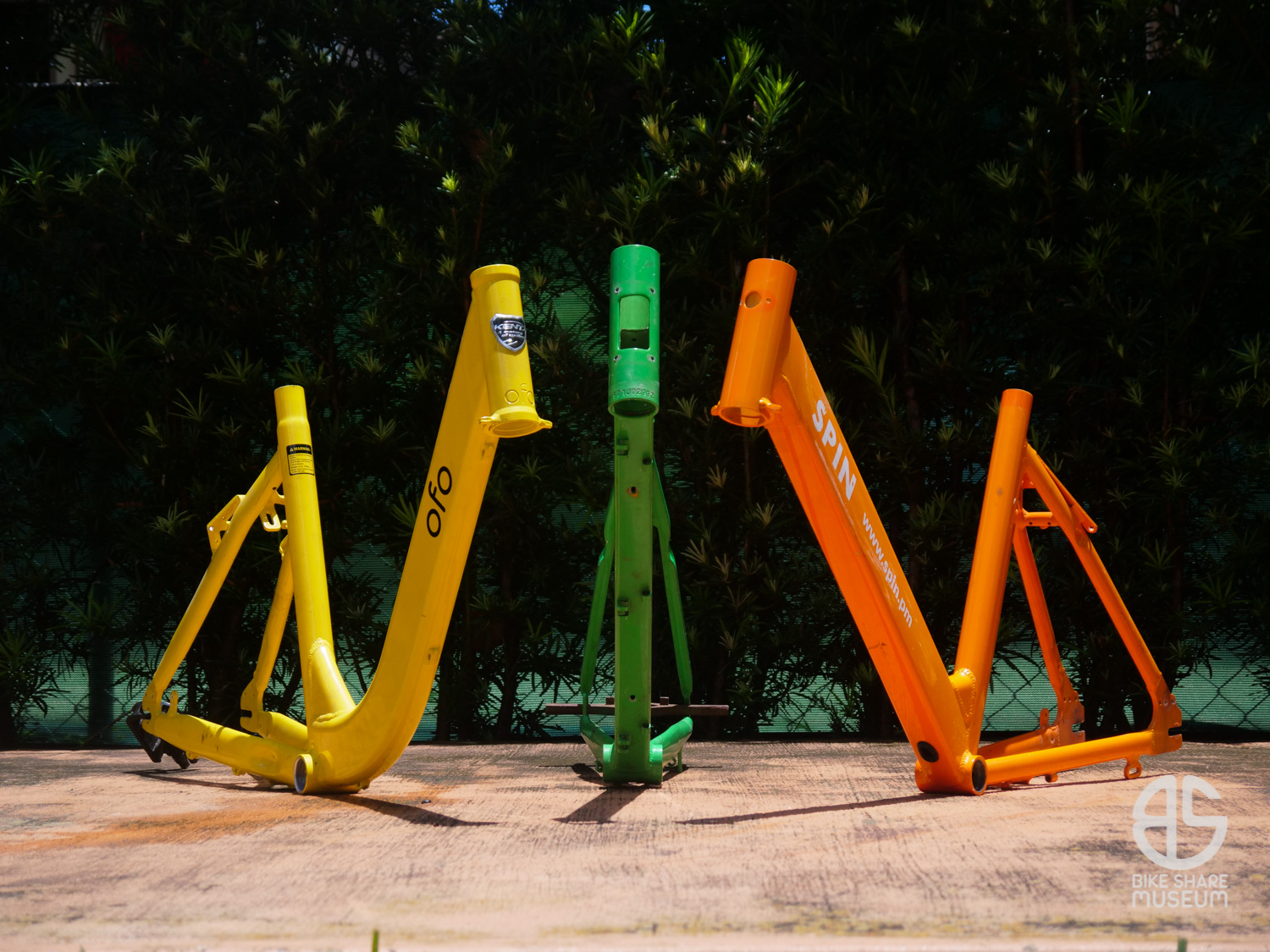
Are shared bikes really so heavy that they have no merit as a used bike, or are the weight weenies busy spreading fake news? We find out.
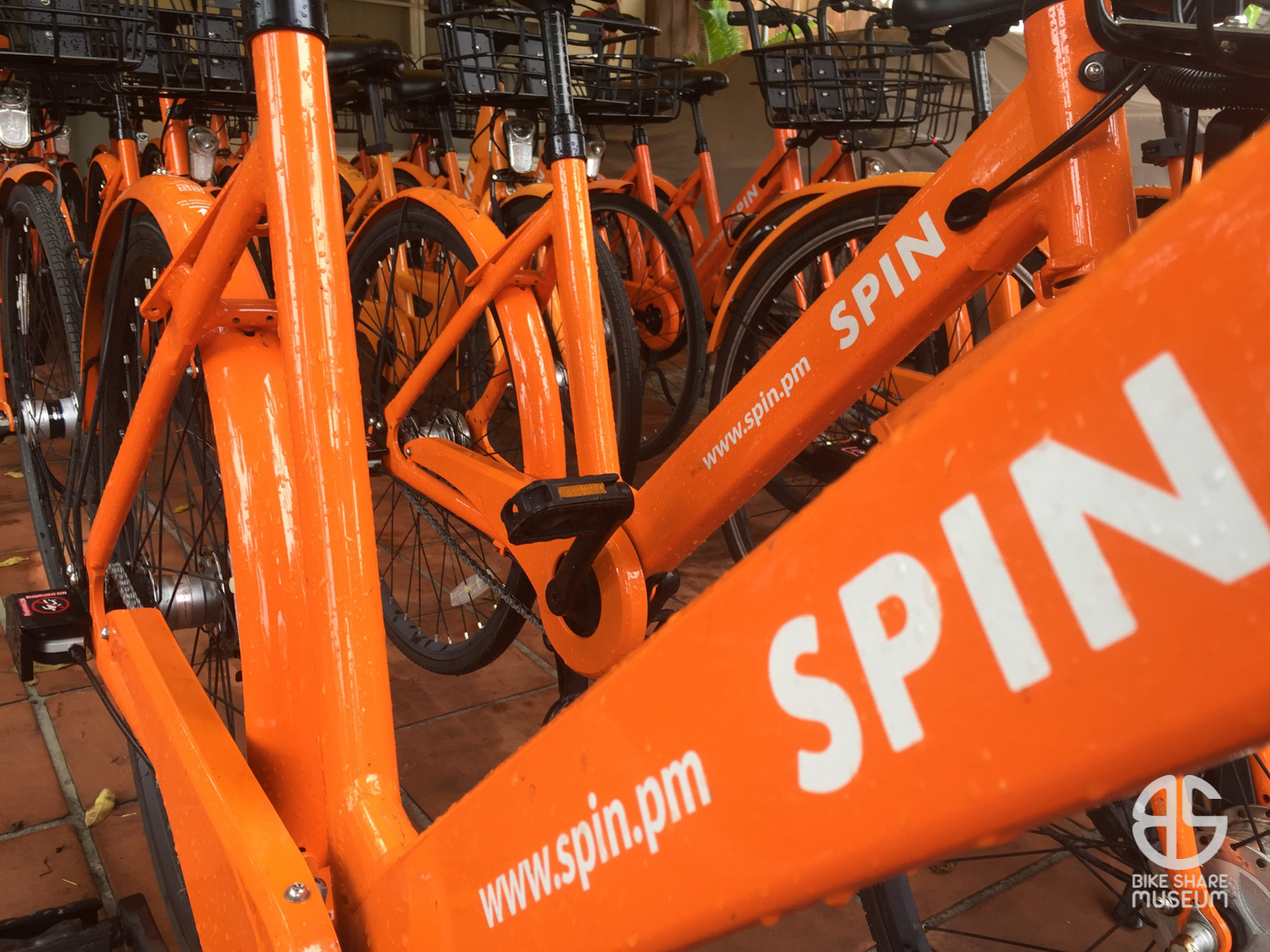
When I started the Bike Share Museum, all I planned to do was save a few bike share bikes for history’s sake…
